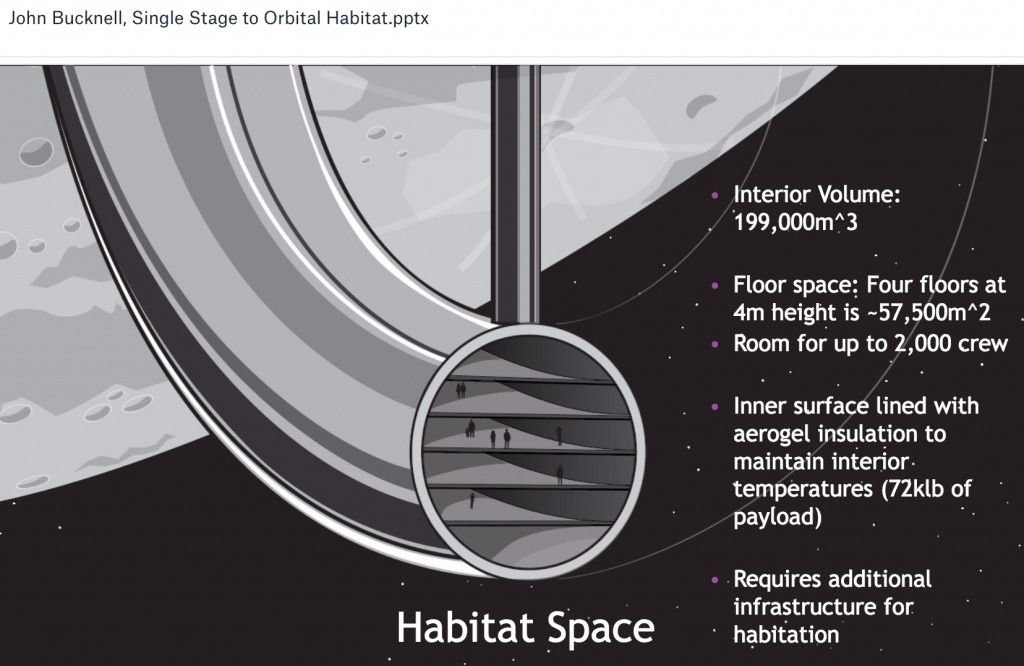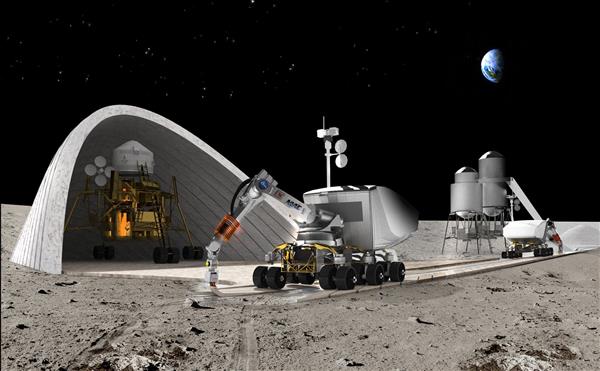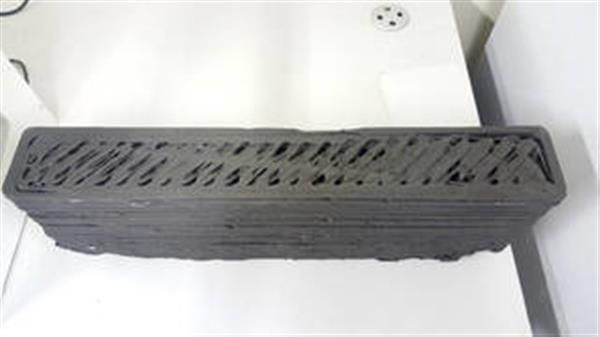Ever wonder how astronauts will live on other worlds? Welcome to the Human Exploration Research Analog, or HERA, a habitat at NASA’s Johnson Space Center in Houston built to simulate the isolation of missions to deep space. You can take a tour of the HERA habitat with NASA interns in this new video in the style of the MTV series “Cribs.”
“HERA is a unique three-story habitat designed to serve as an analog for isolation, confinement, and remote conditions in exploration scenarios,” NASA officials explained in a video description. “This video gives a tour of where crew members live, work, sleep, and eat during the analog missions.”






